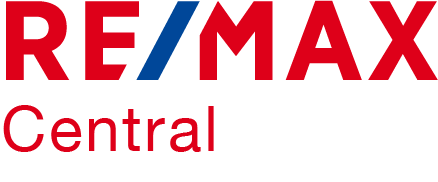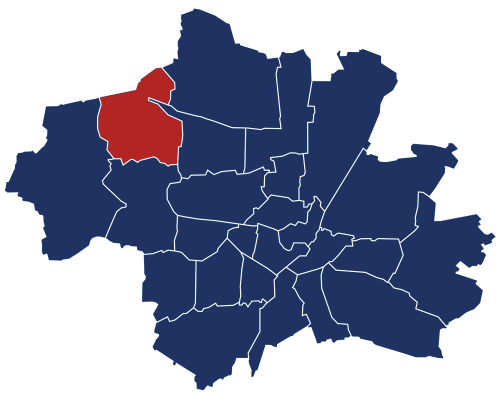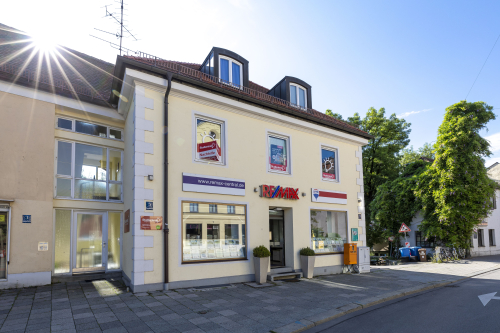Allach-Untermenzing
Historical Background
The district of Allach-Untermenzing consists of the two historic localities of Allach and Untermenzing. Allach was first mentioned in 774 as “Ahaloh,” meaning “forest by the water.” From 1803, Allach was part of the Munich district court area and was incorporated into Munich in 1938. Untermenzing was mentioned in 1315 as “Menzinga” and was an independent municipality starting in 1818. It was also incorporated into Munich in 1938. Both areas have undergone significant industrial and historical development, particularly through the expansion of railway connections and industrial use during the 19th century.
Location
District 23 is located in the northwest of Munich, at the border with the Dachau district. To the east, it borders the neighborhoods of Feldmoching-Hasenbergl and Moosach. To the west, it is adjacent to the district of Aubing-Lochhausen-Langwied. The district stretches downstream along the Würm River and can be divided into two main parts: the industrial area (23.1) and the quieter region of Untermenzing and Allach (23.2).
Building structure
The development began in the late 19th and early 20th centuries with the Waldkolonie and Beer-Siedlung. Since then, numerous residential and commercial areas have been established, including the Angerloh and Flaksiedlungen. Allach, in particular, is characterized by a high concentration of industrial and commercial areas, including large companies such as MTU and MAN. These industrial sites offer potential for new usage concepts. In contrast, Untermenzing has less commercial activity but is home to many agricultural businesses and green spaces, such as the Allacher Forst, which serve as recreational areas.
Population
With 30,393 inhabitants and an area of 1,545.17 hectares, Allach-Untermenzing has a low population density of just 20 inhabitants per hectare, which is less than half of Munich’s average density of 46 inhabitants per hectare. The proportion of foreign nationals, at 17.8%, is the lowest in Munich. The population mainly consists of multi-person households and is more strongly represented in the age groups of children, teenagers, and seniors compared to the city’s overall age structure. The population is steadily growing, both due to immigration and natural population growth through more births than deaths.
Age Structure
In Allach-Untermenzing, 38.16% of the population is between the ages of 15 and 45, which represents a significant target group for the real estate market. This age group is generally interested in single-family homes or rental apartments, making the district an attractive market for RE/MAX.

Age Structure in Allach-Untermenzing
Numbers and Facts
- Area: 1,545.17 hectares
- Population: 30,393
- Population density: 20 inhabitants per hectare
- Proportion of foreign nationals: 17.8%
- Age group 15 to under 45 years: 38.16%




